How long do sugar gliders live?
That’s a question that crossed my mind so many times when I considered buying my first glider.
How long would I have him? Ten years? Five years? How about I have him for the rest of my life?
If you’re planning on buying a Shuggie or already have one, those questions have also crossed your mind.
I will answer those and many more questions about these friendly creatures.
Let’s hop in.
Table of Contents
How Long Do Sugar Gliders Live?
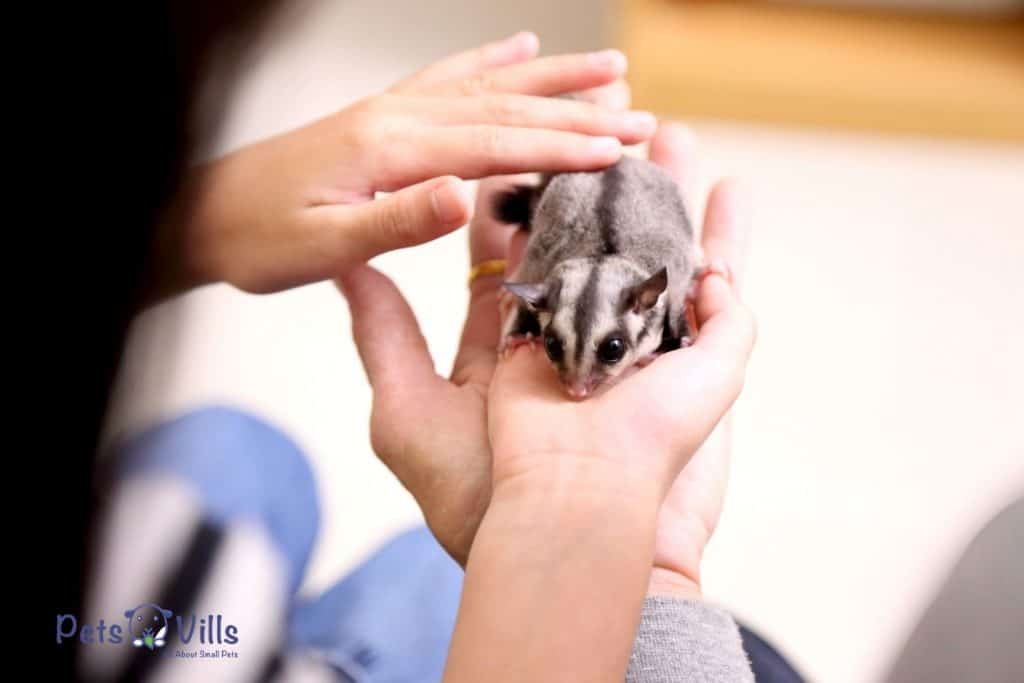
Knowing the lifespan of your critter is only a tiny part of getting to know your pet better. I’m sure you’ve heard many myths regarding pet sugar gliders.
It is normal to have many questions if you are a first-time owner. It is common to hear questions such as what do gliders eat? Are sugar gliders poisonous?
There are many fascinating facts about these highly social animals. For instance, did you know they are nocturnal animals (1) that get active at night?
Or maybe you’ve heard of how high maintenance they can be. How long can you be mates with them, though?
Let’s find out.
What is the Average Lifespan of a Sugar Glider?
Sugar gliders are natives of Papua New Guinea, Australian, and Indonesian forest areas (1). They get their name from their love for sugary food and gliding movement.
Veterinary doctor Rick Axelson reckons the little furry animals have an average lifespan of between ten to twelve years (2).
That places them significantly higher than other pets such as cats and dogs in the life expectancy charts.
Recently there has been a spike in the number of shuggies living in captivity rather than in their natural habitats. That unsurprisingly changes their lifespans as it does everything else.
You don’t expect a critter to live for so many years in their natural habitat. Not with the many predators they constantly have to run from.
With that in mind, let’s see how their lifespans change in different environments.
Here’s a quick guide in this video.
@sugargliderdiaries Reply to @sugargliders90 checkout my YouTube channel #sugargliderdiaries #sugarglidersoftiktok ♬ original sound – Sugar Glider Diaries
How Long Do Sugar Gliders Live in Captivity?
Now, captive critters have vastly different lives from their wild counterparts. For starters, they no longer have to look for their food.
The threat of predators also certainly disappears, and they no longer have to live in forests surviving on eucalyptus tree sap and other foods.
Stephanie LeBlanc, a veterinary technologist, says that captive sugar gliders can live for 15 years with proper care (3).
That figure applies to both male and female sugar gliders.
Although they are away from their natural habitat, you can give them the best care to ensure to have them for long.
Such care isn’t about replicating all their natural habitat requirements.
Instead, it involves everything from a proper diet to the best vet care. If you do that, there’s no way you can have your pocket pets for more than the average number of years.
How Long Do Sugar Gliders Live in the Wild?
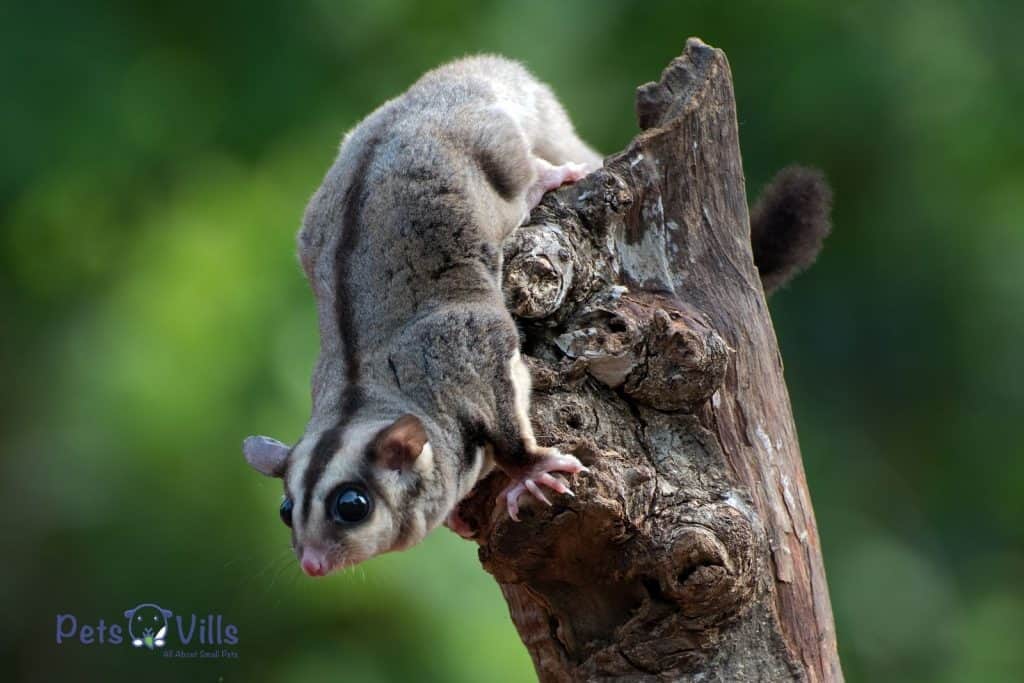
Wild sugar gliders have several advantages over their counterparts in captivity. First, their social interaction levels are intact.
They benefit from associating with 10-15 other gliders in their social groups.
But that can’t save them from predators. They, therefore, live for significantly lesser years.
According to National Geographic, wild gliders have a life span of between three to nine years(1).
That’s significantly lower than the years your captive critter can live with the best care, barring accidental death.
| Wild Sugar Gliders | Captive Sugar Gliders | |
| Average Lifespan | 3 to 9 years | 12 to 15 years |
| Habitat | Tree hollows | Wire Cages |
| Social Life | Lives in groups of 4 to 40 members | Can live with only one other member |
| Common Cause of Death | Predators and natural causes | Improper care, i.e., poor diet, healthcare, and poor handling |
| Diet | Mainly omnivorous | Omnivorous but can live on a diet rich in vegetables and fruits |
| Movement | Walking and Gliding (Can glide up to 150 ft) | Walking and gliding |
What Can We Do to Improve the Lifespan of a Sugar Glider?
Although the quoted maximum age for a glider to live is 15, who’s to say you can’t have yours for a slightly longer time?
I wouldn’t mind my marsupials living for that long. But for that to happen, the pets will need specialized care.
I know what you’re thinking. How do you raise a healthy sugar glider that will be your loyal companion for many years to come?
You will need to know how to care for a sugar glider.
Diet and Nutritional Requirements

Your critter needs a strict but balanced diet to avoid any health issues. But what constitutes the best diet for a glider?
Veterinary doctor Rosemary J Booth says the best diet for a shuggie should have at least 50% nectar (4).
The pets also need to eat calcium-rich insects such as mealworms, crickets, cockroaches, or moths. Dr. Booth also says your pet can eat fruits and vegetables in moderation since they don’t have the required nutrients.
That’s in addition to foods rich in proteins and other nutrients your pet will need. Commercial glider foods from stores are also okay, provided you verify their safety to your pet.
I make it a point to always ask questions about a specific commercial feed in owner forums before giving mine any new commercial food.
A balanced diet should include all the nutrients a critter needs to grow into a healthy pet. If you have trouble settling on one diet, consider looking up the tpg or BML diets for sugar gliders.
Such commercial diets help you provide adequate nourishment for the little marsupials. It isn’t enough to have a proper diet. It would help if you also had strict feeding times.
For instance, you cant have an extended time interval between one meal and the next. As you can see from this conversation, it is best never to miss giving your glider their meal.
Not eating can rapidly lower the critter’s energy reserves and eventually lead to death (5). The food should also contain a healthy amount of water.
There should always be a container of water in your glider’s cage. Providing less water for your pet can lead to sudden death.
Lack of water dehydrates the glider causing it to die. If your glider is too young to drink water by itself, consider getting a water bottle.
If you do that, ensure you get only the best water bottle. But what is the best water bottle for sugar gliders? The best bottle should be easy to handle, install, and leakproof.
Better Living Space
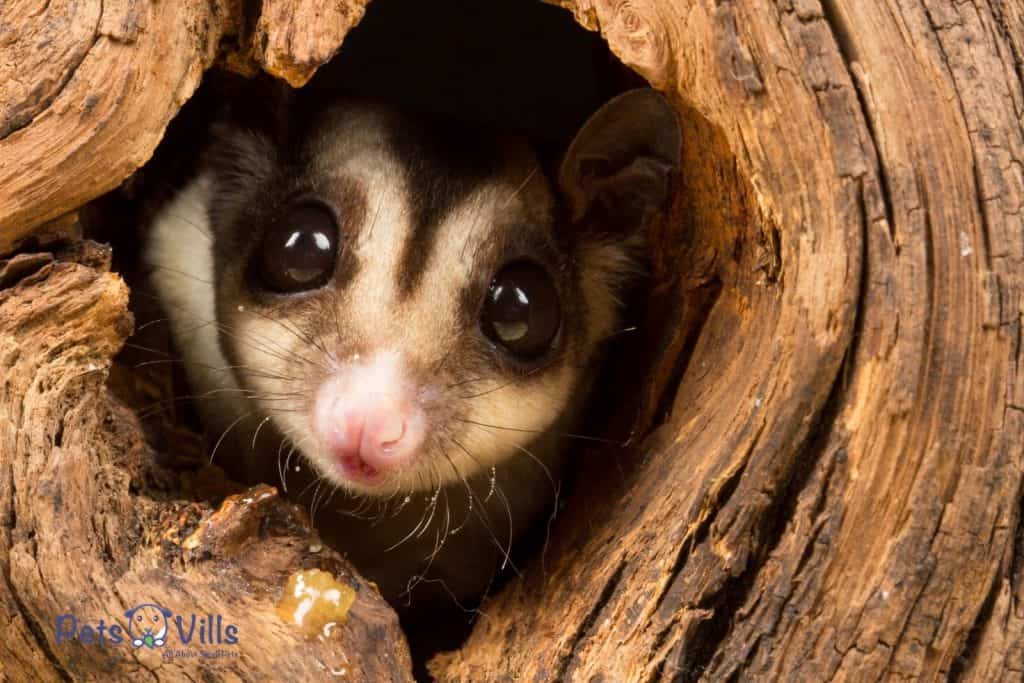
I’m sure you tried your best to offer your pets more than sufficient living space. But there’s always room for improvement. Wild gliders are arboreal, and getting them the perfect living space can be difficult.
Dr. Robert Ness, a glider savvy vet, says gliders being playful animals, need large cages (6). Wire cages are the best since they offer proper ventilation.
Dr. Ness also advises that the cage be wide enough and consist of designated feeding, shelter, perching, and sleeping areas.
A cage without branches or shelves for the glider’s perching could be a big miss and bore your little pet to death! To offer the pets adequate spacing, Dr. Ness advises the enclosures to be no less than 36 by 24 by 36 inches.
The ideal living space for gliders also needs several toys since the little animals love playing around with them. Mine has a few bird toys and chews to keep them entertained when I’m away or busy.
If you want to own your pet for longer, it makes sense to have the best living space.
Handling and Companionship
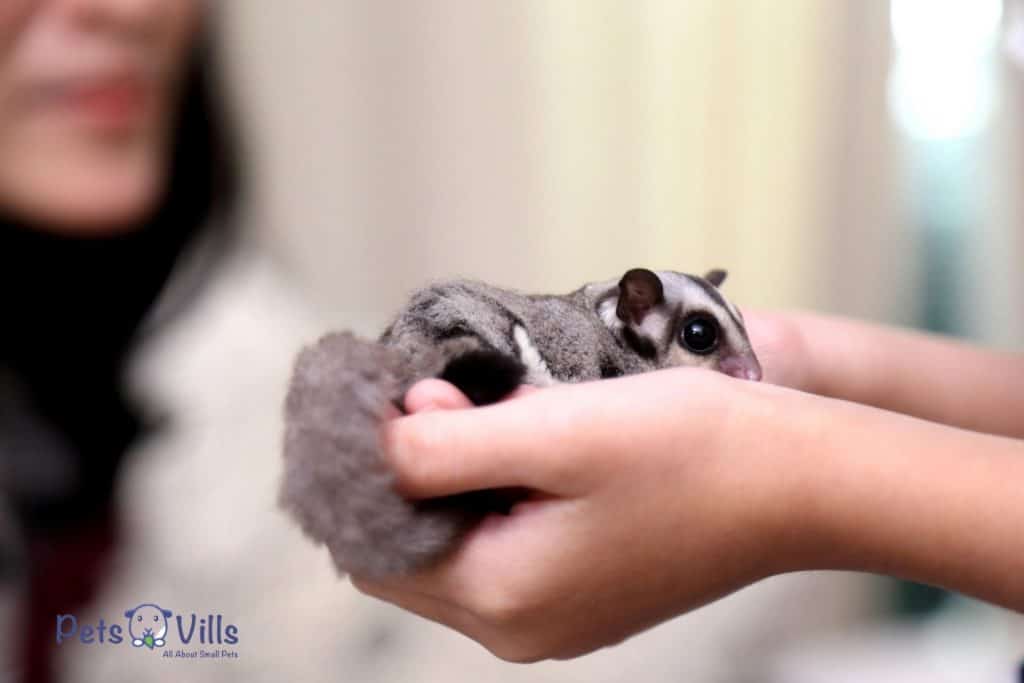
Another veterinary doctor Rick Axelson advises against raising gliders as single pets (2). The animals are pretty social and need a mate to satisfy the need to be in a group. In the forests, they live in groups to avoid being lonely.
Therefore it makes sense to raise them with other gliders. I have three gliders, with two females and one male. Buying two male gliders can be a problem since they will fight for dominance of the territory.
So if you’re to own more than one, always consider s single male glider with several females.
Loneliness in gliders can lead to depression and isn’t good for your pet’s mental health (7).
If it takes time to get a mate for your pet, spend as much time as possible with them. Dr. Rosemary advises up to 2 hours of interaction to keep boredom at bay.
RELATED ARTICLE: Is a Sugar Glider a Good Pet?
Excercise
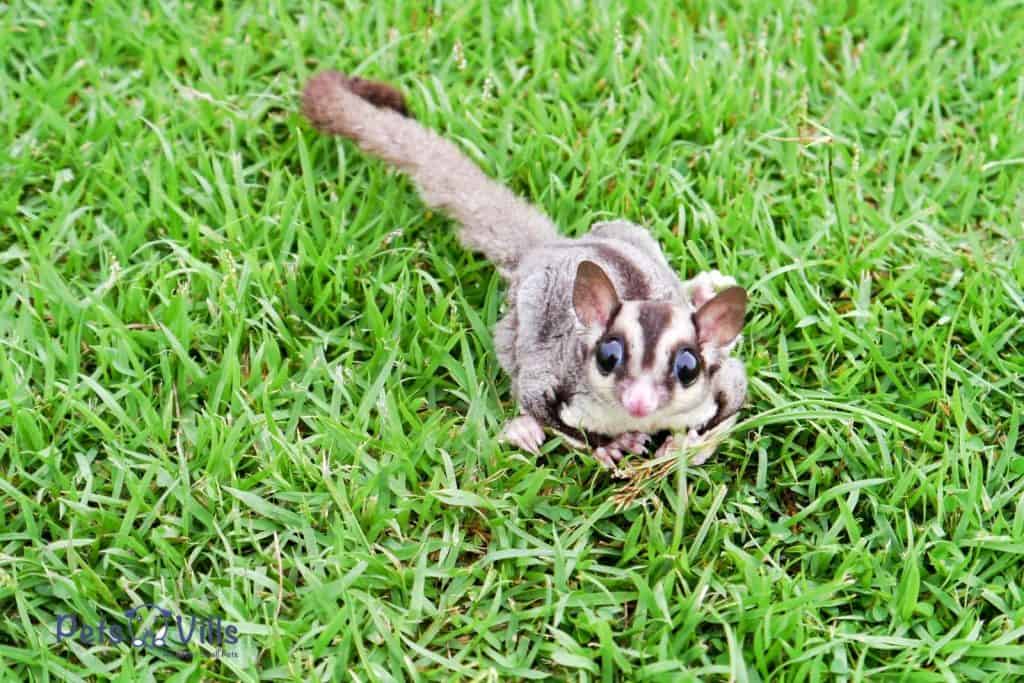
Wild gliders run a lot. They need to run to survive since it’s the only way they’ll escape predators and also get food. That means they are less susceptible to obesity.
Captive gliders, therefore, need exercise if they are to stay healthy. Dr. Rosemary J Booth advises placing small branches, vines, or toys for the social animals to play with (4).
The branches encourage climbing, which is a form of exercise for sugar gliders. Excercise, besides preventing obesity, also ensures the critters don’t become bored.
Part of the exercising is also taking the pet out of its cage and playing with it. All this will prolong its lifespan.
Healthcare
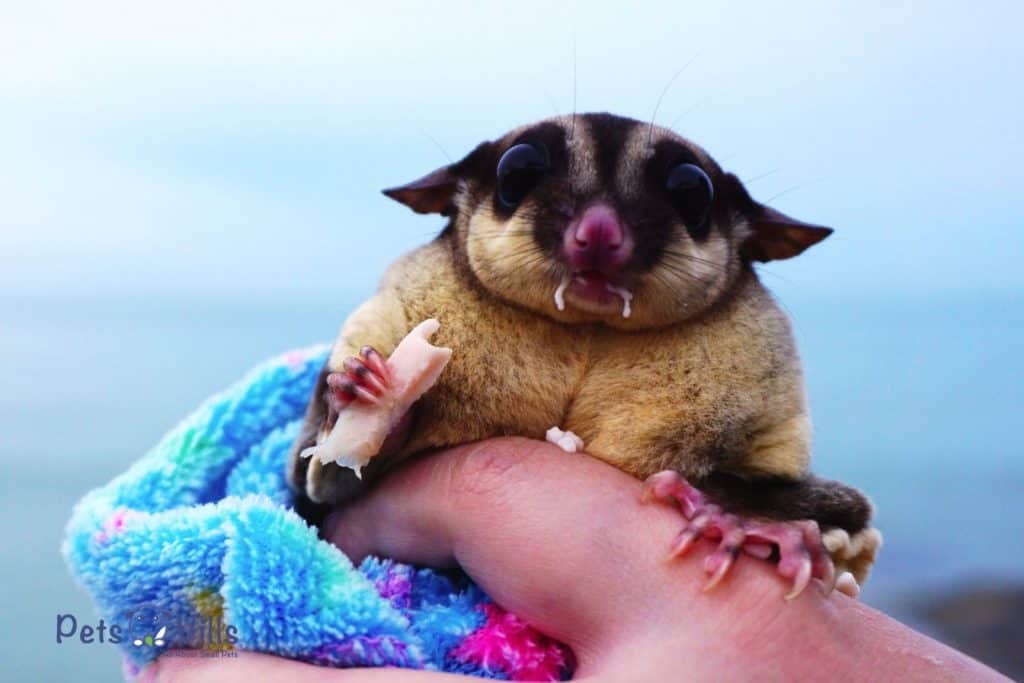
The lifespan of sugar gliders also depends on adequate vet care. Like any other pets, they need regular visits to the vet to keep diseases at bay.
Dr. Rick Axelson says gliders don’t need any vaccinations, but they still need regular checkups.
Stephanie of the Vet Care Pet Hospital says critters can suffer from stress, diarrhea, constipation, calcium deficiency, parasites, and occasional injuries. (3)
While you can’t always prevent the little marsupials from injuring themselves, regular checkups will help keep the other diseases at bay.
To ensure your pets are in good hands, research the best veterinary care in your area and give them a visit. Not all veterinarians are good with exotic animals.
FAQs
How many sugar gliders live together in the wild?
Sugar gliders in the wild live in groups of between four and forty members (8). These groups help in survival and keep away the biting forest cold.
How long can sugar gliders live without food?
Gliders can go for about three and a half days without food if they have water. But without food or water, they can only last two days. However, it would be best never to let it get to this with your pet. That constitutes animal cruelty.
Conclusion
How long do sugar gliders live? With the best care? 15 years or more. But with improper care, they can even die within a few months of purchase.
If you have a glider and wonder how long they’ll be with you, I hope you’ve got your answer. Take proper care of your glider and own it for the next ten years.

Let us know your thoughts on it down in the comment section now that you know what the typical lifespan is for a sugar glider.
Resources
- 1. Sugar Glider Facts [Internet]. Animals. 2018. Available from: https://www.nationalgeographic.com/animals/mammals/facts/sugar-glider
- 2. Axelson R. Sugar Gliders – Owning [Internet]. vca_corporate. Available from: https://vcahospitals.com/know-your-pet/sugar-gliders-owning#:~:text=The%20average%20life%20span%20is
- 3. RVT S. VetCare Pet Hospital [Internet]. VetCare Pet Hospital. 2016. Available from: https://www.vetcarepethospital.ca/beginners-guide-sugar-glider-care/
- 4. Sugar Gliders – Exotic and Laboratory Animals [Internet]. MSD Veterinary Manual. [cited 2022 May 5]. Available from: https://www.msdvetmanual.com/exotic-and-laboratory-animals/sugar-gliders/sugar-gliders?query=sugar%20gliders#v3310938
- 5. Caring for Your Pet Sugar Glider [Internet]. Available from: https://cvm.ncsu.edu/wp-content/uploads/2016/12/Caring-for-your-Sugar-Glider.pdf
- 6. Themes UFO. Sugar Gliders [Internet]. Veterian Key. 2016. Available from: https://veteriankey.com/sugar-gliders-2/
- 7. Booth R. Providing a Home for a Sugar Glider – All Other Pets [Internet]. MSD Veterinary Manual. 2020 [cited 2022 May 5]. Available from: https://www.msdvetmanual.com/all-other-pets/sugar-gliders/providing-a-home-for-a-sugar-glider?query=sugar%20gliders
- 8. The World of Sugar Gliders | Veterinarian in Goose Creek, SC | Goose Creek Veterinary Clinic [Internet]. gcvetclinic.com. Available from: https://gcvetclinic.com/sugar-glider
Alina Hartley is a small-town girl with a ginormous love of bearded dragons. It all started with Winchester, a baby bearded who was abandoned at the shelter by his former owners because of a birth defect that caused one front leg to be shorter than the other. Alina originally went to the shelter looking for a guinea pig, but one look at Winchester and it was love at first sight. From that day on, Alina has dedicated her life to learning everything she can about bearded dragons. She loves helping new beardie parents start their incredible journey with these magnificent reptiles.
Follow her on:
LINKEDIN
TWITTER.
Read her latest articles HERE
Learn more about her HERE.

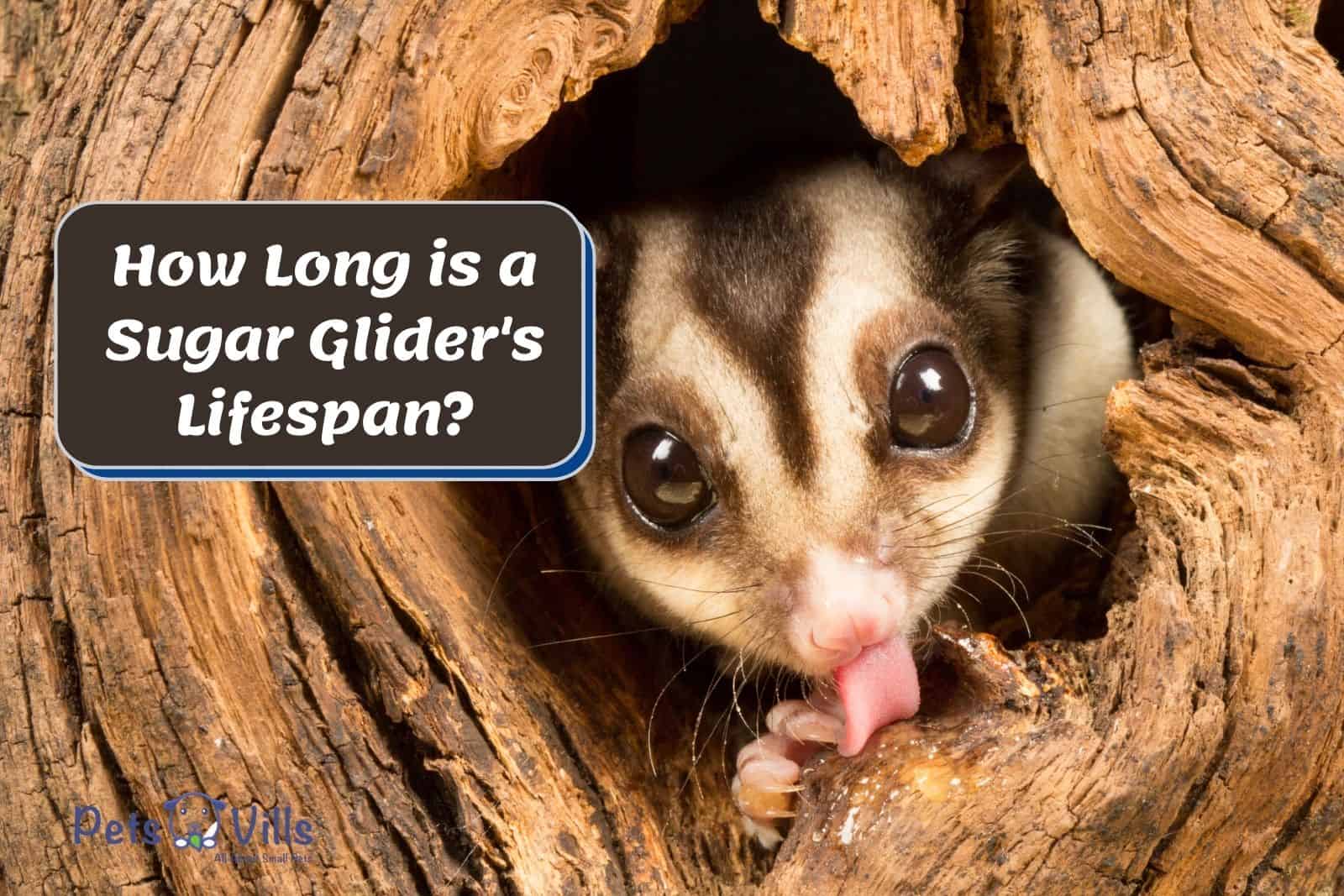


![Cute Sugar Glider Drinking From The Bottle [Must-Watch Video]](https://petsvills.com/wp-content/uploads/2022/09/Cute-Sugar-Glider-Drinking-From-The-Bottle-Must-Watch-Video-211x150.jpg)
